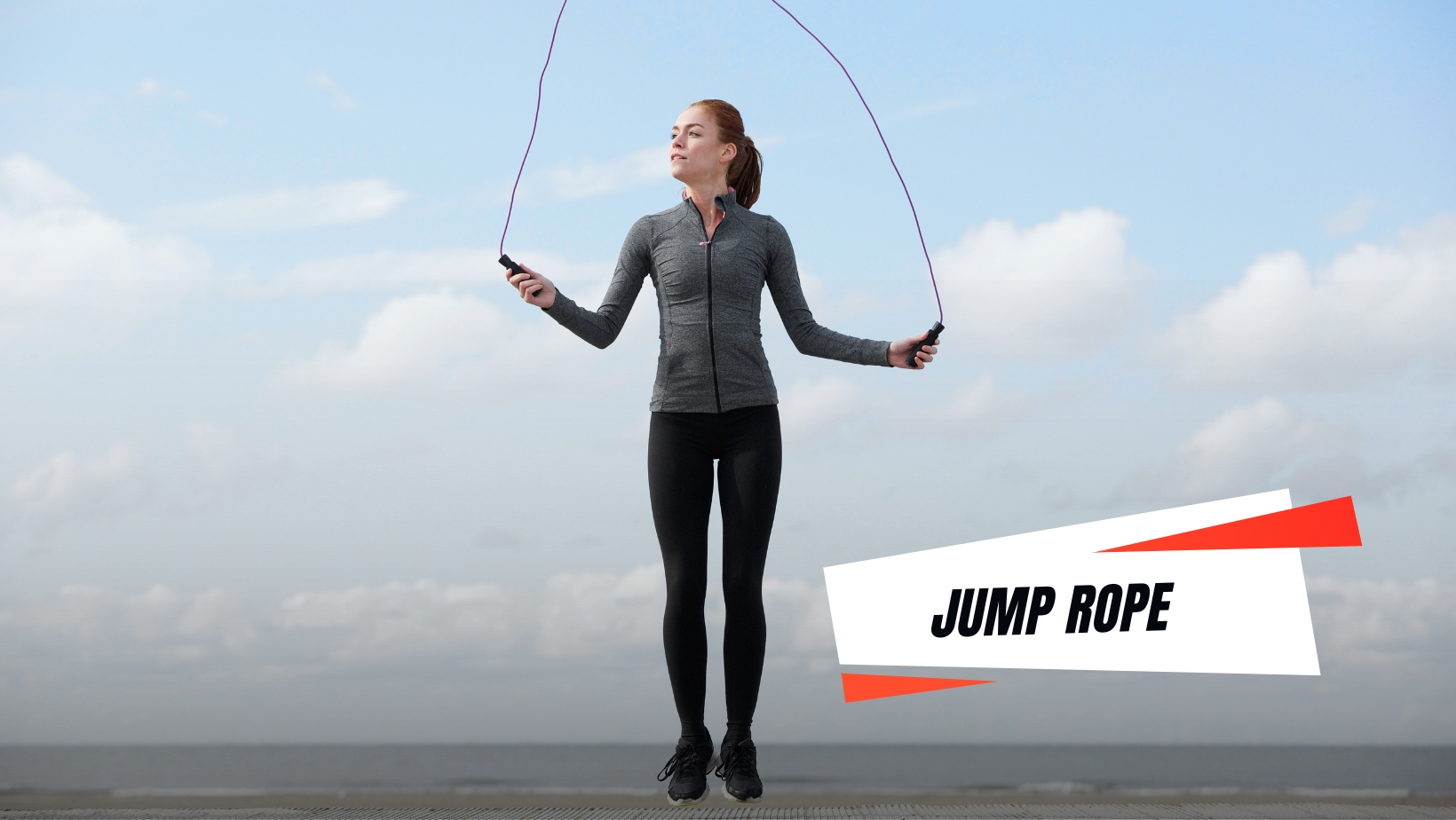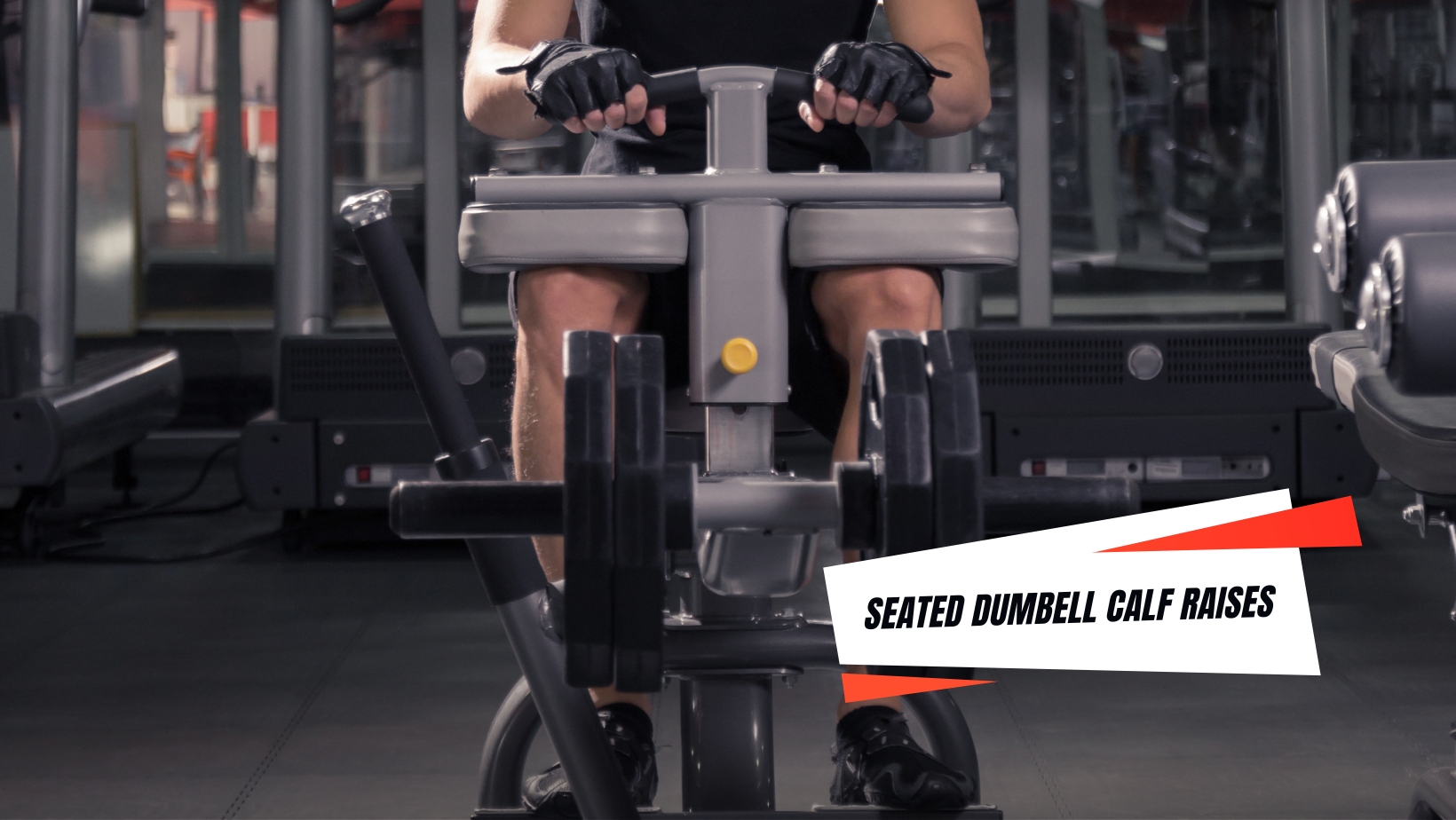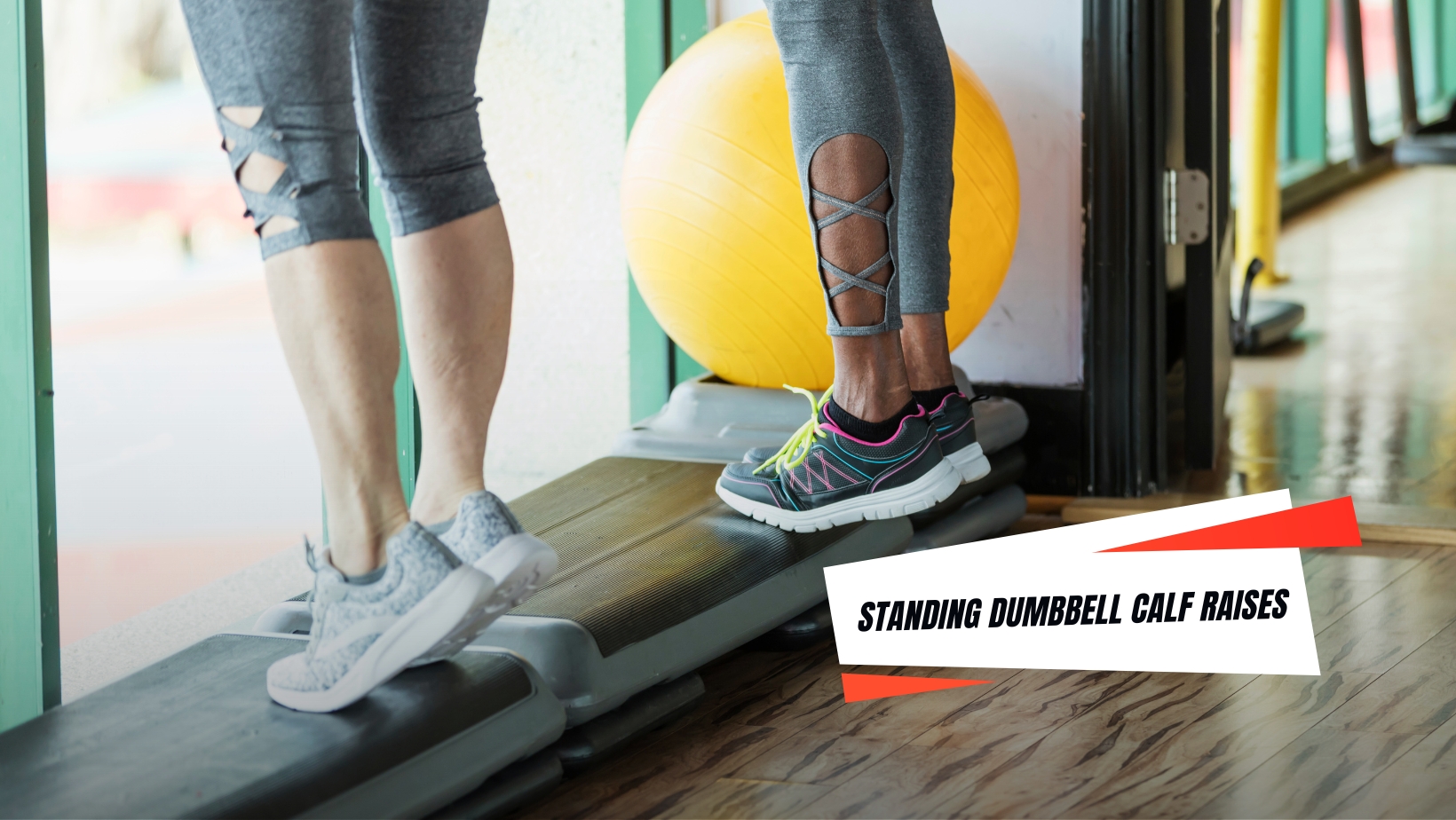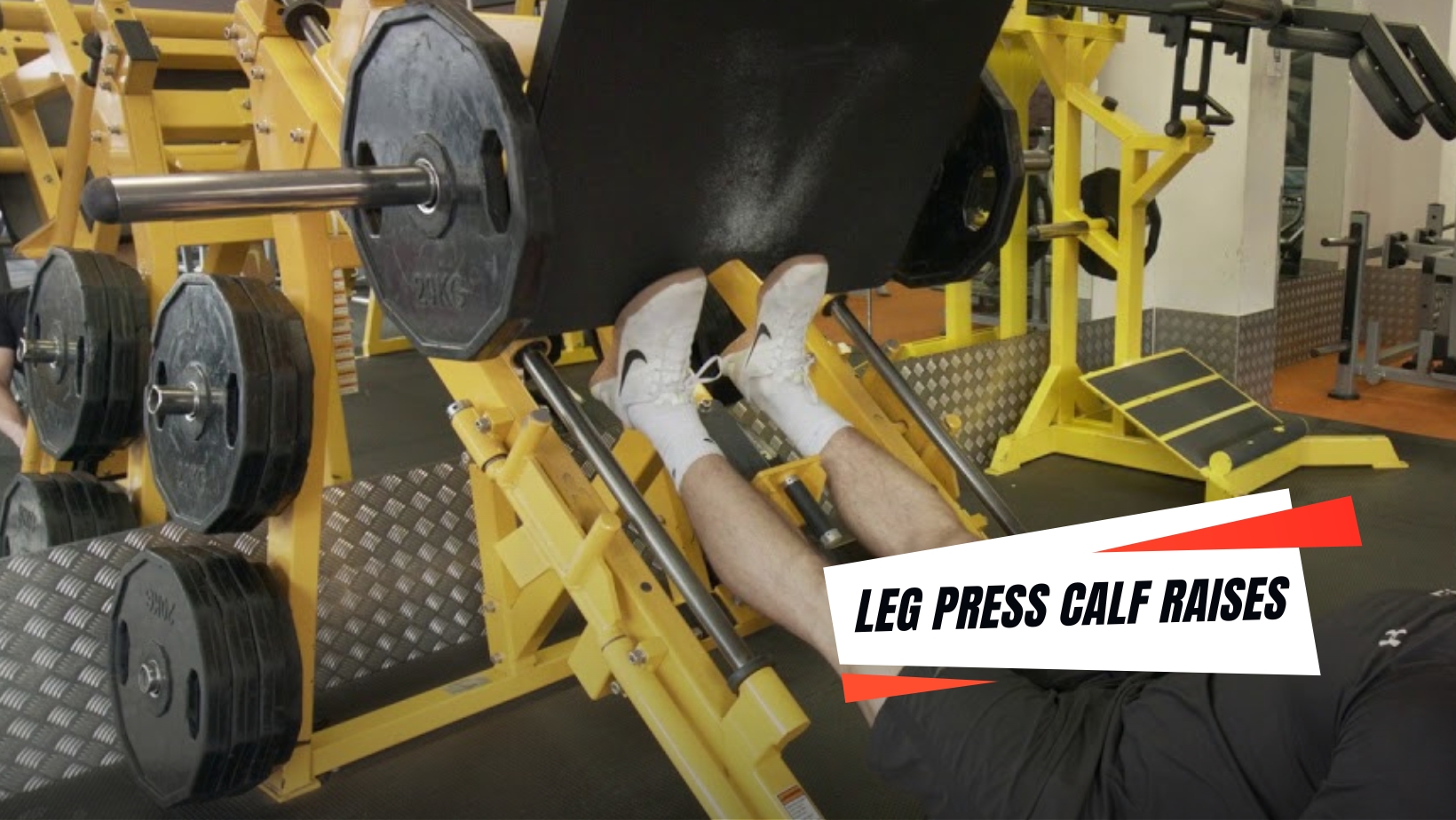Are you tired of the same old calf raise routine that’s not yielding the results you desire?
Well, look no further! If you are on a quest for bigger and stronger calves, it is time to step up your game and explore the incredible world of calf-raise alternatives. These innovative exercises will take your calf training to new heights, helping you sculpt those enviable calves you have always dreamed of. Let’s start!
What is a Calf Raise?
A calf raise is a popular exercise that specifically targets the calf muscles, which are located at the back of your lower legs. It involves lifting your heels off the ground while keeping the balls of your feet firmly planted. This movement engages the calf muscles, primarily the soleus and gastrocnemius muscles, and works them through their full range of motion.
During a calf raise, you start by standing with your feet shoulder-width apart or on the edge of a step or platform for an extended range of motion. Then, you push through the balls of your feet, lifting your heels off the ground as high as you can. This upward movement contracts the calf muscles, creating tension and a challenging workout for these muscles. Calf raises can be performed using various techniques, such as using your body weight, holding dumbbells, or using a calf raise machine at the gym.
Regardless of the method, the goal is to work the calf muscles by moving from a fully extended position to a fully contracted position. Incorporating calf raises into your fitness routine can help strengthen and tone your calf muscles, giving them a more defined and sculpted appearance. Additionally, calf raises will enhance your overall lower body strength and stability, as well as improve ankle mobility and balance.
Looking for proper form and technique in your calf exercises? Book a session with a PTSPOT trainer who can assess your form, correct any errors, and provide valuable tips to optimise your calf workouts.
Top 5 Calf Raise Alternatives
While calf raises are a fantastic exercise for targeting the calf muscles, it’s always beneficial to incorporate variety into your workouts. Here are some top calf-raise alternatives that can help you challenge your calves in different ways.
Say goodbye to monotony and hello to a captivating journey that will leave you feeling challenged, motivated, and ready to conquer any calf-related goals you set for yourself. Get ready to unleash your full calf potential with these thrilling alternatives!
1. Jump Rope

Jumping rope is an effective alternative to calf raises, especially if you don’t have access to equipment or want to incorporate calf training into your daily activities. Jumping rope can be done almost anywhere, whether you are at home, outdoors, or travelling. During jump rope exercises, you repeatedly push off the balls of your feet, engaging both the gastrocnemius and soleus muscles in your calves.
Here’s how it is done:
- Stand with your feet shoulder-width apart.
- Hold the jump rope handles in each hand, with the rope behind you.
- Swing the rope over your head and jump over it as it comes towards your feet.
- Land softly on the balls of your feet, engaging your calf muscles.
- Maintain a steady rhythm and continue jumping for a desired duration or number of repetitions.
- Jumping rope works both the gastrocnemius and soleus muscles in the calves, providing a comprehensive leg training exercise that can help improve calf strength, endurance, and coordination.
2. Hill Sprints

Hill sprints are considered one of the best alternatives to calf raises, offering a dynamic and intense workout for the calves along with other lower body muscles. When sprinting uphill, the incline adds resistance, requiring your calves to work harder, leading to improved strength, power, and muscle development. It affects not only the calves but also several other lower body muscles, including the quadriceps, hamstrings, and glutes.
To perform hill sprints
- Find a hill or incline with a challenging but manageable slope.
- Stand at the bottom of the hill, lean slightly forward, and prepare to sprint.
- Begin sprinting up the hill, driving through the balls of your feet and pushing off forcefully with each stride.
- Maintain an upright posture, pump your arms, and focus on driving your knees up.
- Sprint at maximum effort for a desired distance or time.
- Walk or jog back down the hill to recover, then repeat for the desired number of repetitions.
Ready to take your calf exercises to the next level? Consult with fitness professionals at PTSPOT!
3. Seated Dumbell Calf Raises

Seated dumbbell calf raises offer an effective alternative to traditional calf raises, such as the standing variation or the seated calf raise machine. This exercise provides a targeted approach to calf development while allowing you to perform the movement in a seated position. Seated dumbbell calf raises are even considered one of the best-seated calf raise alternatives for building strength and size in the calf muscles, and they can be performed with the following detailed instructions.
Here’s how it is performed:
- Sit on the edge of a bench or chair.
- Place a dumbbell on each thigh.
- Position the balls of your feet on an elevated platform.
- Push through the balls of your feet, raising your heels to contract the calf muscles.
- Hold briefly at the top position.
- Slowly lower your heels back to the starting position.
- The seated position and the added resistance from the dumbbells make this exercise an efficient way to strengthen and develop your calf muscles, targeting them effectively.
4. Standing Dumbbell Calf Raises

Standing dumbbell calf raises are an effective alternative to traditional calf raises, such as the standing calf raise machine or using a barbell. This exercise specifically targets the calf muscles and can help in developing stronger and bigger calves. Engaging the stabilizer muscles in your feet and ankles to a greater extent promotes better balance and overall lower body strength. It also mimics functional movements and helps to strengthen the calves for activities such as walking, running, or jumping.
Here’s how it is done:
- Stand with your feet shoulder-width apart, holding a dumbbell in each hand.
- Position the dumbbells at your sides, allowing your arms to hang straight down.
- Keep your core engaged and your back straight throughout the exercise.
- Rise up onto the balls of your feet by lifting your heels as high as possible, contracting your calf muscles.
- Hold the top position for a brief moment to maximise the muscle contraction.
- Slowly lower your heels back down to the starting position, feeling a stretch in your calves.
- Repeat for the desired number of repetitions, focusing on maintaining proper form and feeling the tension in your calf muscles throughout the exercise.
5. Leg Press Calf Raises

Leg press calf raises offer an effective alternative to traditional calf raises, providing a unique way to target and strengthen the calves from various angles using a leg press machine. This allows you to adjust the weight and resistance according to your strength level, making it suitable for individuals of different fitness levels.
Here’s how it is done:
- Begin by adjusting the leg press machine so that the footplate is positioned at a height that allows your feet to be fully extended.
- Sit on the machine and place your feet on the footplate, ensuring that the balls of your feet are securely positioned on the edge of the footplate.
- Unlock the safety handles and push the footplate away from you, extending your legs fully.
- Keep your legs straight, flex your ankles, and push the footplate with the balls of your feet, raising your heels as high as possible.
- Hold the top position for a brief moment, feeling the contraction in your calf muscles.
- Slowly lower your heels back down, allowing your calves to stretch.
- Repeat for the desired number of repetitions, focusing on maintaining control and feeling the tension in your calf muscles throughout the exercise.
Contact PTSPOT today to schedule a session and discover the benefits of giving your calves the attention they deserve.
Avoid these common mistakes during calf exercise
To maximise the effectiveness of your calf exercises and prevent potential injuries, it’s important to avoid some common mistakes. Here are a few key points to keep in mind:
- Neglecting Proper Form: Maintain proper form during calf exercises, whether it’s other exercises like box jumps or using the Smith machine. Avoid excessive bouncing, jerking movements, or using momentum to lift the weight. Focus on controlled movements and a full range of motion for optimal results.
- Lack of Variation: Don’t limit yourself to just one type of calf exercise. Your calf muscles respond well to variety, so incorporate different exercises like standing calf raises, seated calf raises, or skipping rope to target your calves from different angles and challenge them in various ways.
- Insufficient Resistance: Ensure that the resistance or weight you’re using is appropriate for your fitness level. Using weights that are too light may not provide enough stimulus for muscle growth, while excessive weights can compromise your form and increase the risk of injury. Gradually increase the resistance as your calves become stronger.
- Skipping Calf Training: Don’t neglect your calf muscles in your overall training routine. Many people tend to focus more on larger muscle groups and overlook calf exercises. Dedicate specific training time for your calves to ensure balanced lower body development and prevent muscle imbalances.
- Ignoring Progression: As with any training, progression is key. Challenge your calves by gradually increasing the intensity, resistance, or volume of your workouts over time. This could involve adding more weight, performing more repetitions, or increasing the difficulty of the exercise to continue stimulating muscle growth and strength gains.
Don’t let your calves lag behind. Trust the professionals at PTSPOT to provide you with the tools, knowledge, and support you need to effectively train your calves and achieve your fitness goals.





